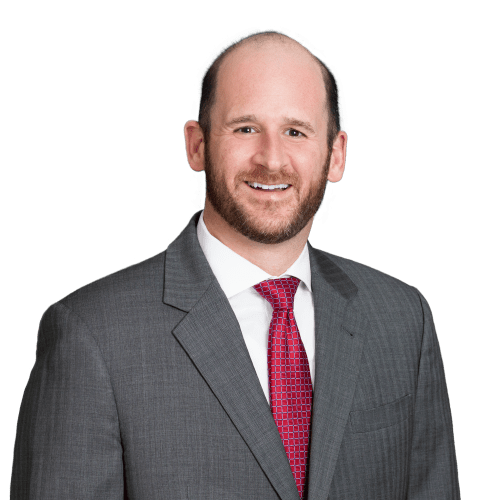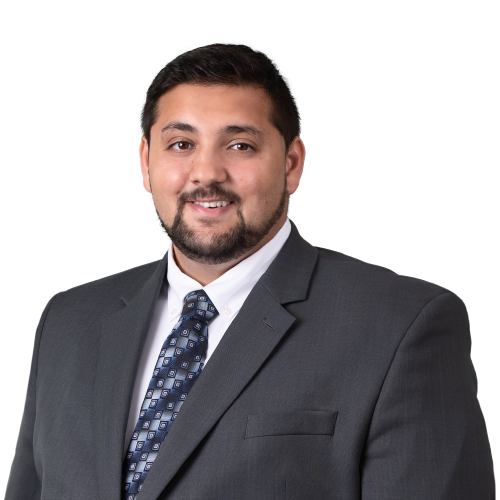Second Circuit Clarifies Limitations of Fraud on Market Theory
In a three-ring circus — where the first is the motion to dismiss, the second is class certification, and the third is summary judgment — the Second Circuit Court of Appeals has introduced a new act in the second ring for audience enjoyment: a tightrope for defendants and plaintiffs alike to navigate. More specifically, the Second Circuit’s August 2023 decision in Arkansas Teacher Retirement System v. Goldman Sachs Group Inc. has clarified, in the context of class certification, the limitations of the “fraud on the market” theory that the U.S. Supreme Court first developed in its 1988 Basic Inc. v. Levinson decision.
Basic held that investors seeking to recover losses under section 10(b) of the Securities Exchange Act of 1934 are entitled to a rebuttable presumption that they relied on an alleged public material misrepresentation about a security that is traded in an efficient market, such as a stock exchange. The Second Circuit’s decision in Arkansas Teacher, however, lays out a path for defendants to rebut the presumption of reliance and any class certification based thereon.
As alleged in Arkansas Teacher, the SEC announced an enforcement action against Goldman Sachs for improperly marketing investments in a cross-collateralized debt-obligation vehicle, without disclosing that a hedge fund that selected the assets for that vehicle was shorting those very same assets. Thereupon, Goldman Sachs’ stock price fell and investors brought suit claiming they had relied on previous generic statements by Goldman Sachs such as: “clients’ interests always come first” and “[the company has] extensive procedures and controls that are designed to identify and address conflicts of interest.” The plaintiffs alleged that such statements (a) were materially misleading because they omitted that Goldman Sachs was mismanaging conflicts and (b) prevented the company’s stock price from dropping, thus maintaining an artificially inflated value until the date of the corrective disclosure (referred to as an “inflation maintenance theory”).
At class certification, however, Goldman Sachs presented expert evidence showing that (1) 36 times prior to the corrective disclosure from the SEC about Goldman Sachs’ conflicts procedures, news outlets criticized Goldman Sachs’ conflicts procedures, (2) from the time Goldman Sachs first issued the allegedly misleading statements to the date of the corrective disclosure, none of the 880 analyst reports about Goldman Sachs discussed the company’s conflicts systems, and (3) Goldman Sachs’ generic statements, therefore, played no role in supporting its stock price. Despite this evidence, the district court cut the defendant’s tightrope short by granting the plaintiff’s motion for class certification. Rather than falling to the ground, however, Goldman Sachs appealed the district court’s ruling.
On appeal, the Second Circuit considered how closely the alleged fraudulent statements matched the later public statements about the SEC enforcement action. The court observed that, when a plaintiff relies on an inflation maintenance theory, it cannot simply “identify a specific back-end, price-dropping event” and match it to “a front-end disclosure bearing on the same subject,” unless “the front-end disclosure is sufficiently detailed in the first place.” Rather, there must be a sufficient link between the corrective disclosure and the alleged misstatements. The Second Circuit concluded that, in light of the evidence presented, it was more likely than not that the alleged misrepresentations did not inflate Goldman Sachs’ stock price. Accordingly, the Second Circuit overturned the district court’s finding to the contrary and remanded with instructions to decertify the class for failure to demonstrate reliance.
Arkansas Teacher shows that defendants may have a meaningful opportunity at the class certification stage to rebut the presumption of reliance by using expert evidence, particularly in inflation maintenance cases where the challenged disclosure is generic. Accordingly, litigants may feel as if they are performing a high-wire act until their judge comes down with the answer to such rebuttal arguments.


